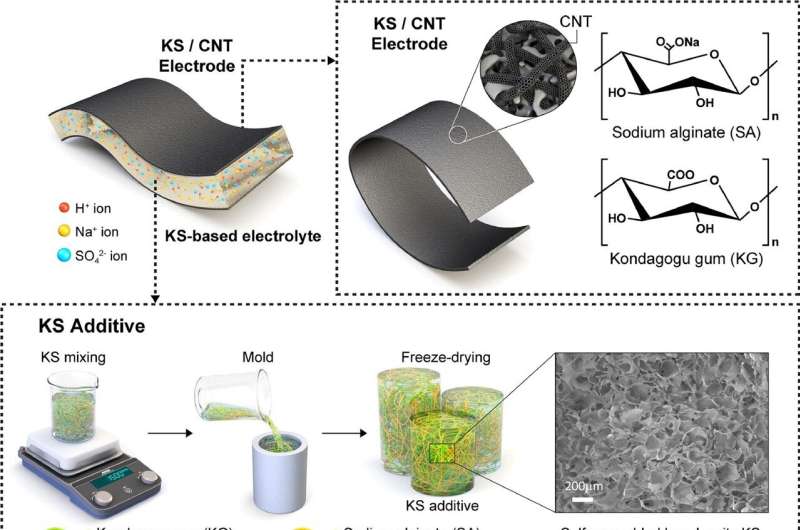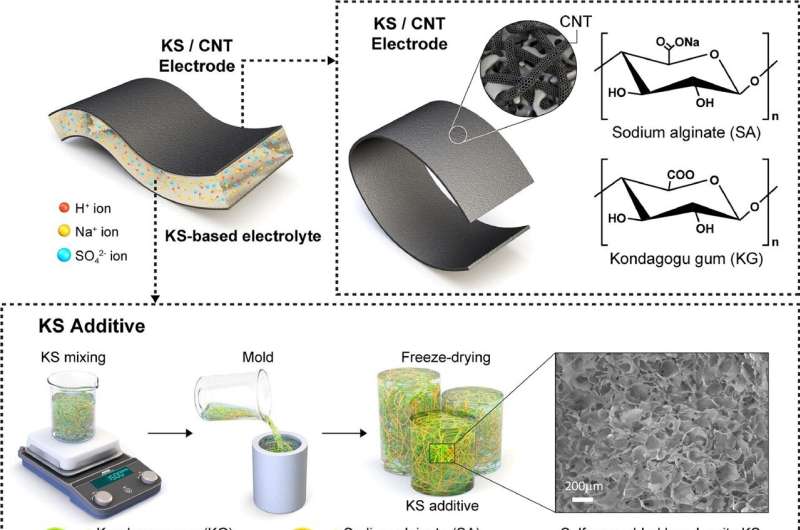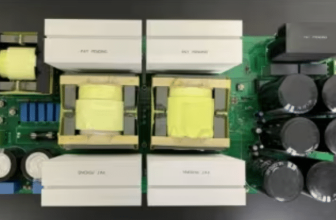
Check out our latest products
A natural waste product from Indian trees might hold the key to building more sustainable and efficient supercapacitors, promising a breakthrough for green energy storage.

A waste gum produced by trees native to India could soon revolutionize the world of energy storage. Scientists from universities in Scotland, South Korea, and India have discovered a way to turn this overlooked natural material into a powerful upgrade for supercapacitors — the high-speed energy storage devices used in everything from electric vehicles to grid systems.
Supercapacitors, unlike traditional batteries, can charge and discharge extremely quickly. However, they tend to lose performance over time due to chemical reactions inside the device, particularly when acidic electrolytes corrode the metal electrodes. This slow degradation not only reduces efficiency but also adds to the growing problem of electronic waste, as discarded components pile up in landfills.

The research team believes they’ve found an eco-friendly solution in an unlikely source: gum kondagogu. This natural polysaccharide is secreted by the bark of the Cochlospermum gossypium tree, commonly found in India. Typically seen as a waste product, the gum has now shown potential to extend the life of supercapacitors dramatically. The researchers explain how they blended kondagogu gum with sodium alginate — another plant-derived compound — to create a sponge-like biopolymer, which they’ve dubbed KS.
When added to the electrolyte of a conventional supercapacitor, the KS material forms a protective layer on the carbon electrodes. This shield prevents the physical breakdown that usually happens during repeated charging cycles, while still allowing ions to pass through freely — a critical factor for maintaining performance. The result? Supercapacitors that could withstand tens of thousands more cycles without significant loss of capacity, lowering the need for replacements and cutting down on electronic waste. If scaled successfully, this tree-derived tech could mark a big leap forward for sustainable energy storage — blending high performance with a lighter environmental footprint.


![[5G & 2.4G] Indoor/Outdoor Security Camera for Home, Baby/Elder/Dog/Pet Camera with Phone App, Wi-Fi Camera w/Spotlight, Color Night Vision, 2-Way Audio, 24/7, SD/Cloud Storage, Work w/Alexa, 2Pack](https://m.media-amazon.com/images/I/71gzKbvCrrL._AC_SL1500_.jpg)



![[3 Pack] Sport Bands Compatible with Fitbit Charge 5 Bands Women Men, Adjustable Soft Silicone Charge 5 Wristband Strap for Fitbit Charge 5, Large](https://m.media-amazon.com/images/I/61Tqj4Sz2rL._AC_SL1500_.jpg)





